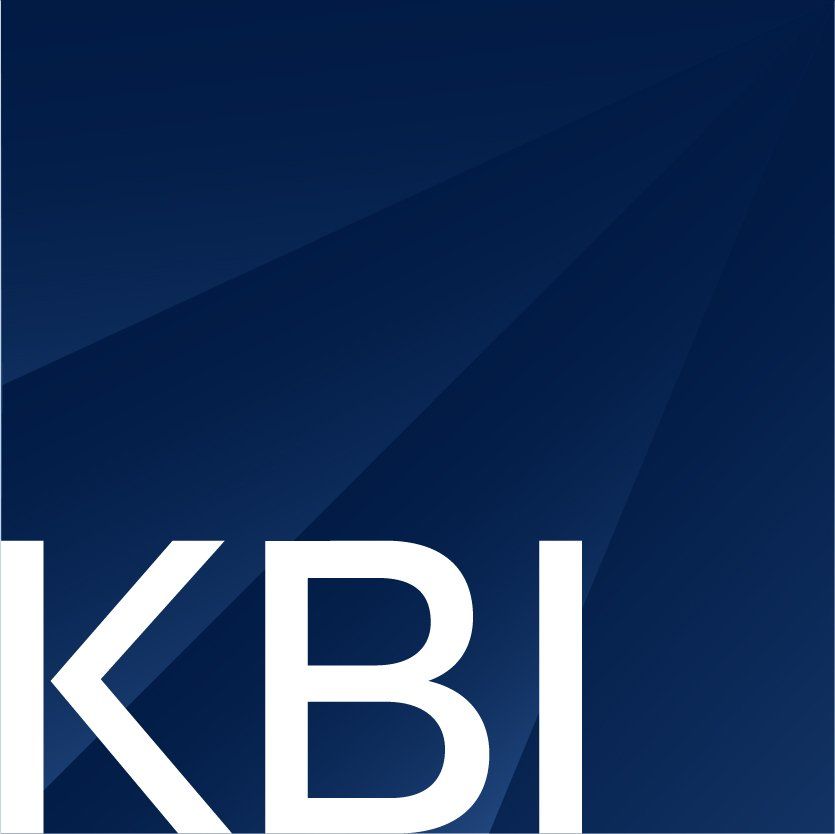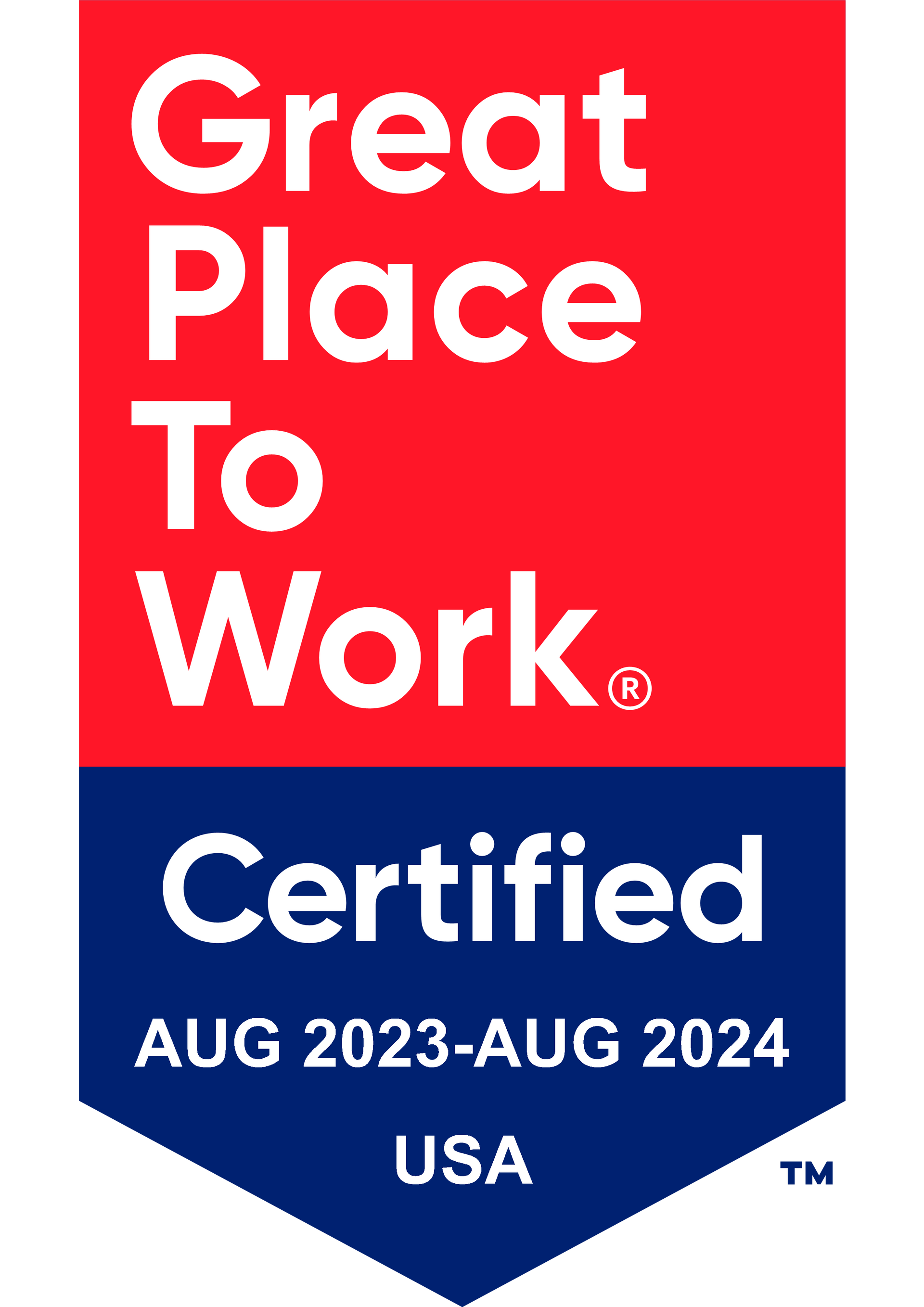Get in touch
408-366-8880
mymail@mailservice.com

Cost-Effective Benefit Packages for Small Businesses: How to Improve Your Benefit Plan Design

Small businesses face unique challenges in competing with larger companies that often offer more extensive employee benefits. To stay competitive, it’s crucial to design a benefits package that strikes a balance between attracting and retaining employees while preparing for future growth. A well-planned benefits strategy helps businesses manage costs effectively and create sustainable, practical solutions. Let’s explore ways to design an affordable and effective benefits plan for your organization.
Essential Health and Wellness Employee Benefits
The foundation of any benefits plan should include essential health and wellness offerings, such as health insurance, dental, and vision coverage. For small businesses looking to control costs without compromising quality, consider implementing:
- Health Savings Accounts (HSAs) or Health Reimbursement Arrangements (HRAs) for tax-advantaged savings.
- Cost-effective programs like virtual health services or online therapy, which provide high-quality care at lower costs.
- Strategic cost-management initiatives, such as reducing long-term employee insurance expenses through preventive care programs.
Prioritizing affordable, high-impact benefits ensures your employees are well cared for while maintaining manageable costs for your business.
Cost Management Through Digital Solutions
Technology is a game-changer in benefits administration, enabling businesses to reduce costs and improve efficiency. By adopting digital tools:
- Automate processes like enrollment and claims management to save time and reduce administrative expenses.
- Use data analytics to make informed decisions and identify areas for cost-saving adjustments.
- Negotiate better provider rates with insights gained from tracking benefit usage.
Digital solutions not only simplify benefit management but also enhance employee satisfaction with streamlined processes.
Employee Communication and Engagement
Effective communication is essential to maximize the value of your benefits package. To ensure employees fully understand and utilize their benefits:
- Use a multichannel communication strategy (email, newsletters, and other digital platforms).
- Conduct surveys and gather feedback to identify which benefits employees value most, ensuring resources are allocated effectively.
- Provide clear explanations of benefits during open enrollment to enhance the employee experience.
Better communication fosters engagement and helps employees appreciate the full value of their benefits.
Strategic Benefits Implementation
Roll out benefits strategically to align with your budget and employee needs. Begin with essential benefits, then expand offerings as your business grows. Consider:
- Offering customizable benefit options, allowing employees to choose the level of coverage that best suits their needs.
- Partnering with qualified benefit consultants to negotiate better rates and implement cost-effective solutions.
- Regularly evaluating and updating benefit plans to stay competitive and meet changing workforce demands.
A phased approach ensures scalability and maintains cost-effectiveness as your organization evolves.
Measuring ROI and Adjusting Plans
Regular evaluation of your benefits package is critical for maintaining efficiency and cost-effectiveness. Monitor:
- Employee satisfaction and retention rates, which reflect the program’s success.
- Healthcare costs and benefit usage trends, using data analytics to identify areas for improvement.
- Industry benchmarks to ensure your benefits remain competitive while controlling expenses.
FAQs
How can small businesses offer competitive benefits on a limited budget?
Small businesses can start with group health plans, leverage digital tools, negotiate with providers, and offer basic benefits initially. Gradually expand offerings as resources grow.
What are the most essential benefits to offer?
Core benefits include health, dental, and vision insurance, as well as retirement plans and paid leave. Supplemental benefits, like life insurance or wellness programs, can be added based on budget and employee needs.
What role do digital solutions play in benefits management?
Digital tools simplify benefits administration, reduce costs, improve communication, and provide actionable insights. They enhance both employee experience and management efficiency.
Conclusion
Designing affordable and effective benefits packages for small businesses is an ongoing process that requires careful planning, consistent evaluation, and strategic adjustments. Start with essential offerings, incorporate digital tools, prioritize communication, and measure outcomes to refine your strategy. By focusing on your employees’ needs and aligning them with your business goals, you can create a competitive, sustainable benefits plan that supports both growth and employee satisfaction.
Services
Latest Thinking



